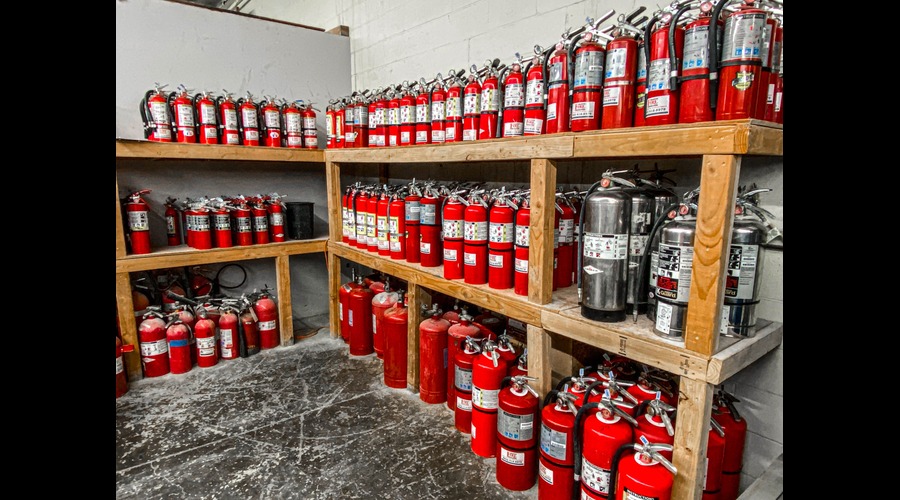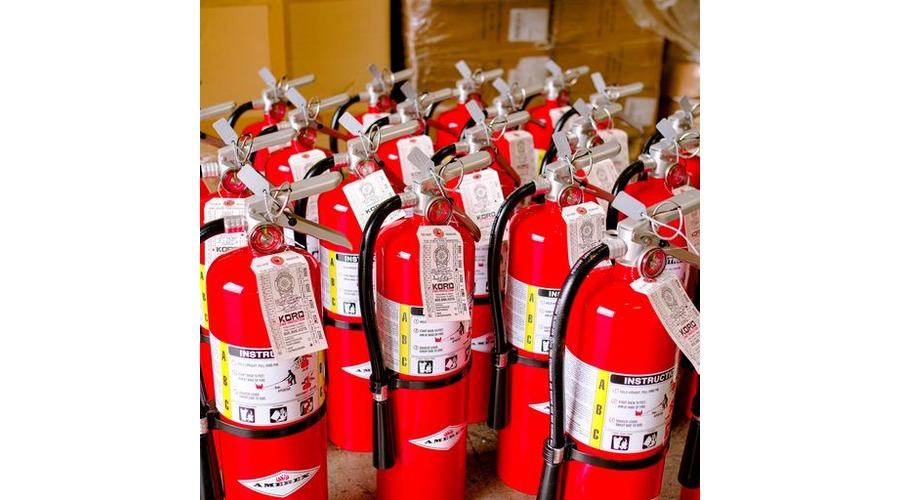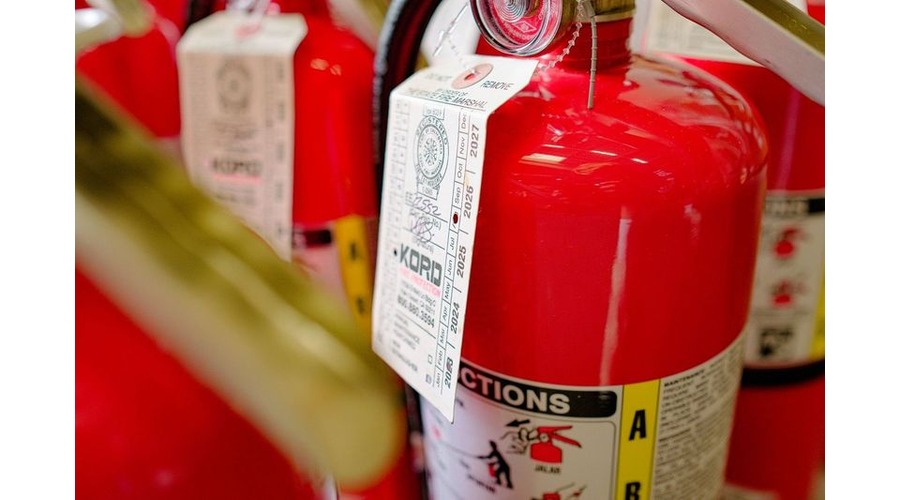

What Makes a Class K Fire Extinguisher Different from Others?
What is a Class K Fire Extinguisher?
When it comes to fire safety, having the right type of fire extinguisher is crucial, especially in environments like commercial kitchens and restaurants. These establishments are particularly prone to type K fires and must be equipped with the appropriate Class K fire extinguisher to handle such emergencies effectively.
Understanding Class K Fires
Class K fires are fueled by flammable cooking liquids, including animal and vegetable-based greases and oils. These substances, when exposed to high temperatures, become highly flammable and can ignite quickly. Due to their volatility, Class K fires spread rapidly, making them a significant risk in commercial kitchens, office cafeterias, food trucks, bakeries, and other food-related businesses.
The Role of a Class K Fire Extinguisher
The Type K fire extinguisher is specifically designed to tackle Class K fires. It uses extinguishing agents such as potassium carbonate, potassium acetate, or potassium citrate to effectively control these types of fires. The extinguisher releases a wet mist that combines with the cooking grease, forming a blanket that cools the flammable liquid, blocks oxygen, and extinguishes the flames while preventing re-ignition.
It’s important to note that only a type k fire extinguisher can safely put out a class K fire. Using other types of fire extinguishers or water can worsen the situation by spreading the burning cooking liquids.
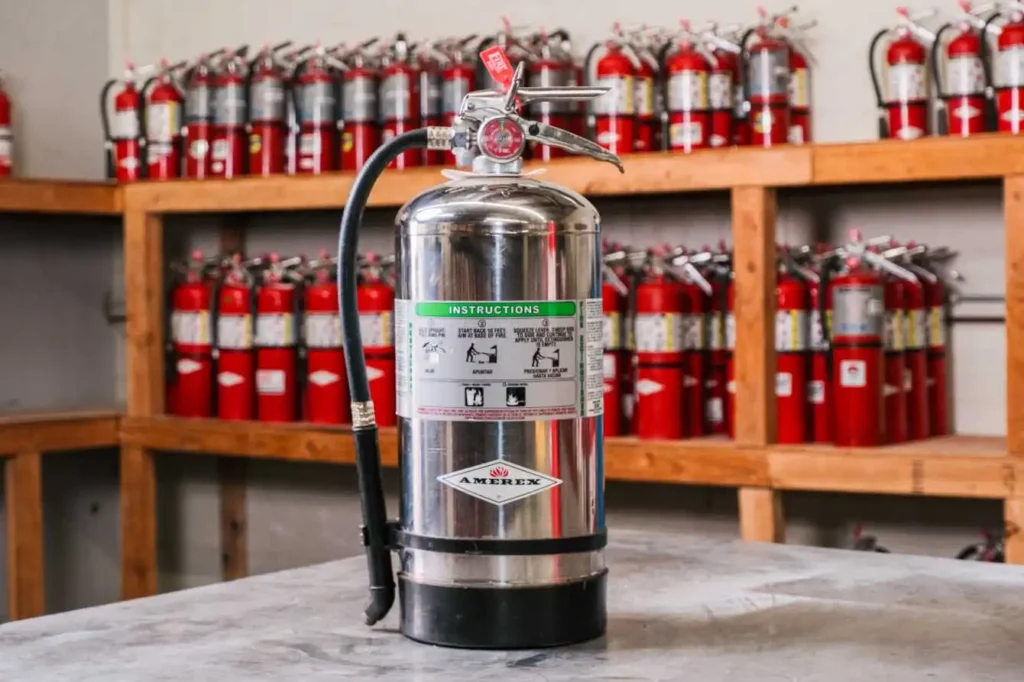

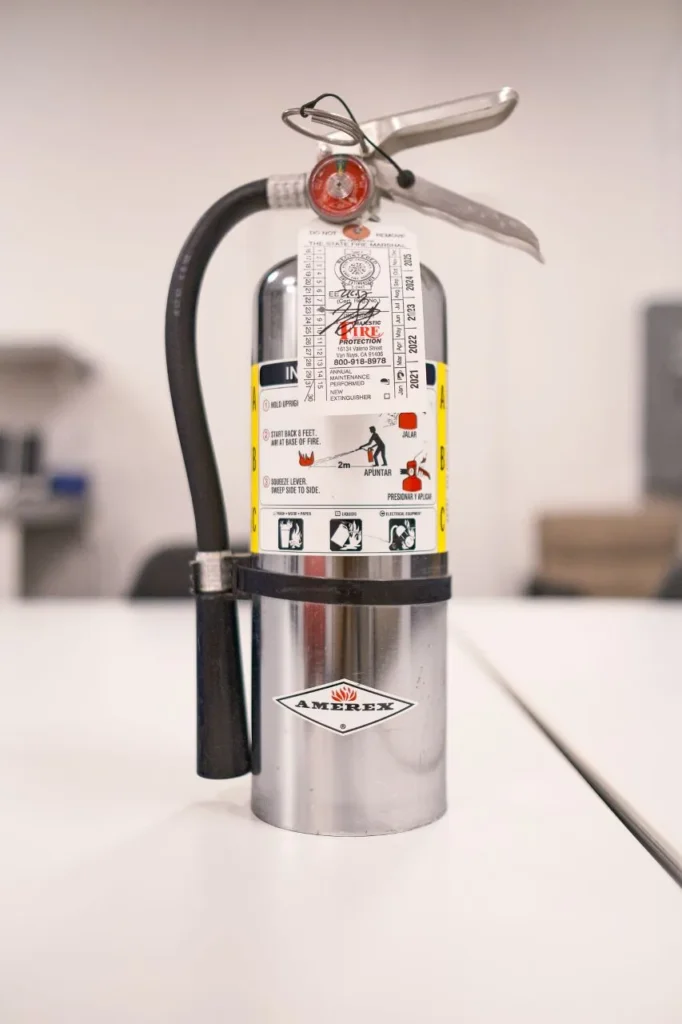

Class K fire extinguishers provide better control for cooking fires in several important ways. They help minimize the risk of splashing, form a soapy foam that covers the hot cooking oil to trap vapors and steam, and smother the flames through a process called saponification. Additionally, they cool down the cooking appliance and oils, improve visibility during firefighting, and make cleanup easier compared to dry chemical agents.
While fire extinguishers were once the primary defense against cooking fires, that’s no longer the case. According to NFPA 10, a sign should be placed near the extinguisher indicating that the fixed fire protection system should be activated before using the extinguisher. This means that Class K fire extinguishers should be used only after the fixed system has been triggered and the power to the cooking appliances is off. Employees need to know that if the fixed system hasn’t activated, they must manually activate it first and then use the Class K extinguisher as an additional measure.
Is Your own Commercial Kitchen Prepared?
In addition to having a Class K fire extinguisher on hand, commercial kitchens must have their fire suppression systems installed and maintained by professional fire safety technicians. This ensures proper setup and ongoing maintenance to protect against fire hazards.
Furthermore, it’s essential for kitchen staff to be trained in fire safety procedures, including how to identify the right fire extinguisher for different types of fires and how to use it effectively. Incorporating this knowledge into a comprehensive fire emergency plan will help ensure preparedness and safety in the event of a fire.
By understanding the specific needs of K fires and having the correct type of fire extinguisher available, businesses can better safeguard against the risks associated with cooking fires.

